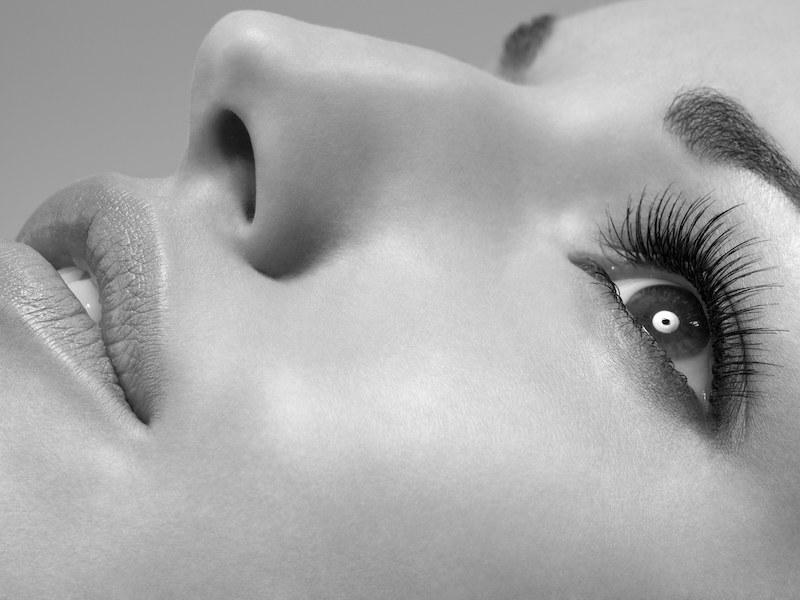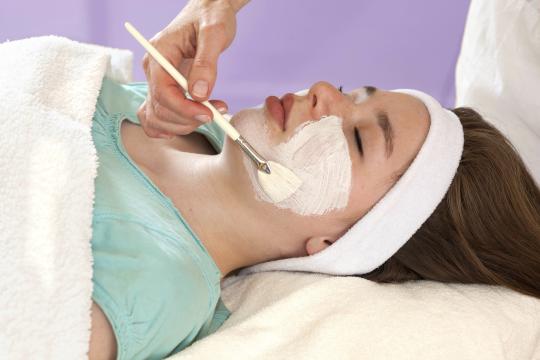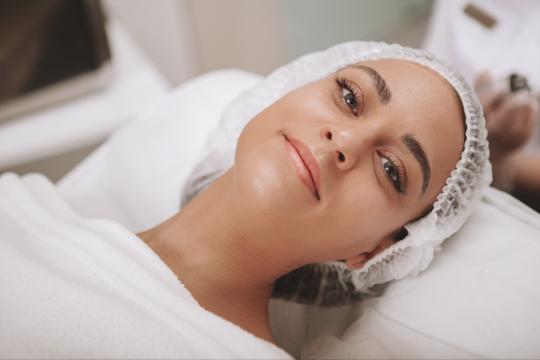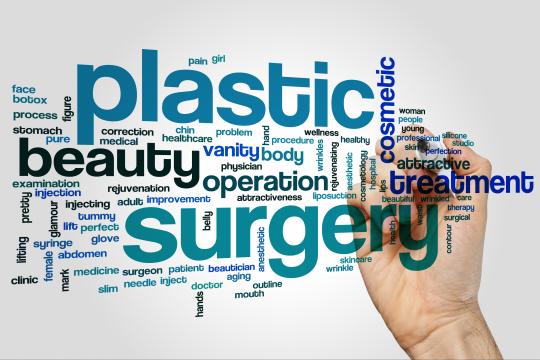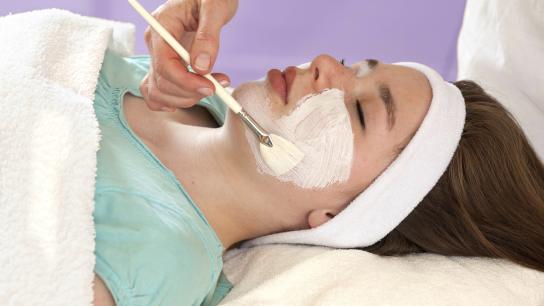
Soft, medium, hard boiled. Poached, scrambled, sunny side up. Over-easy, over-medium, over-hard. All of these are variations on a single theme (It’s eggs. BTW.)—and thank goodness they all exist. We don’t live in a one-size fits all world, which means a lot of things come in a variety of customizable sizes and options. And that makes everyone happy. This includes many of the nonsurgical skincare treatments on the market today. In this two part post, we're going to dive deep, deeper and deepest into the fully-customizable and efficient anti-aging treatment known as the chemical peel—what it is, what it does and whether or not this procedure might be right for you.
You’re probably thinking two things right now: 1. What do eggs have to do with chemical peels? (Nothing at all. Let’s move on.), and 2. What is a chemical peel and why does it sound so terrifying?
You’re right. These two words smashed together (chemical + peel) don’t exactly scream, “I need to have this on my face, right NOW.” But they’re not nearly as frightening as they sound. In fact, administered properly, chemical peels can be a highly effective treatment for minor and major sun-damage, unevenly pigmented and wrinkled skin, or a dull or blotchy complexion. Chemical peels can even improve upon the appearance of scars and treat precancerous skin growths. That’s a lot of heavy skincare lifting. And the bonus? In most cases, chemical peels—especially light to medium peels—require minimal downtime and discomfort. You might even be starting to think, “Maybe I do need this on my face after all!” So when results from your retinoid, Hanakure mask and moisturizing serum start to poop out, a chemical peel might be just the thing to revitalize your complexion.
But are all chemical peels the same? Nope. No they are not. Much like our egg analogy, chemical peels come in an assortment of strengths, applications, ingredients and application times. And just as no two patients are alike, no two chemical peels are exactly alike. That’s what makes them so customizable. But first things first.
What is a chemical peel?
A chemical peel is a nonsurgical treatment in which your doctor wipes or brushes on a topical chemical solution in order to produce a sloughing off of the outer layer of the skin and all those pesky dead skin cells that reside there. The solution is left on for an appropriate amount of time and is then removed and/or neutralized. Chemical peels can be used to treat the entire face, specific regions of the face, the neck, hands and other areas that may be showing signs of aging or sun-damage. And because a chemical peel is so customizable, your doctor can target your individual level of skin damage and get you as close to your desired result as is possible—(Let’s take a moment here to manage our expectations, shall we?)
And before you even ask, no, you don’t get to choose what strength, technique or depth in which your surgeon will apply your chemical peel treatment. That, my skin-savvy friends, will be up to your doctor—aka. the guy/gal who actually has the knowledge and experience to decide such matters. What you will do is be an active and over-sharing participant in explaining to your doctor your previous health history, desired results and current lifestyle during your initial consultation.
So now that we’ve gotten the basics out of the way, let’s dive into the baby of the three different chemical peels that we're going to discuss—the light chemical peel.
Light Chemical Peel:
The light chemical peel is one of those magical “lunchtime” procedures—in most cases, after the treatment you can slap on some sunscreen and makeup and dive headlong back into the day with no one being the wiser. Except, of course, for your new other-worldly glow.
Light chemical peels are mostly geared towards those in the beginning stages of the aging process or those using it as an ongoing preventative and/or maintenance treatment. These peels improve upon the appearance of tiny, fine lines, a dull, dry complexion and light discoloration with little to no downtime and what may amount to a temporary tingling or stinging sensation upon application. After swiping on a light layer of acid—typically an alpha hydroxy-type acid (glycolic, lactic and/or fruit acid)—your doctor will wipe it off, and you're done. So easy! This will promote a subtle sloughing off of the top layer of the dermis—the one where all those dead skin cells congregate. Once they’re gone—voila! An immediate glow-up!
Our next post dives even deeper into the rejuvenating anti-aging abilities of chemical peels. Beyond the baby of the bunch and straight to the medium and deep chemical peels that are more... well... just more. So if you're realizing that those beginning stages of aging are veering dangerously towards more advanced visual evidence, or if you're looking for ways to treat acne scarring or other skin ailments... join us!
